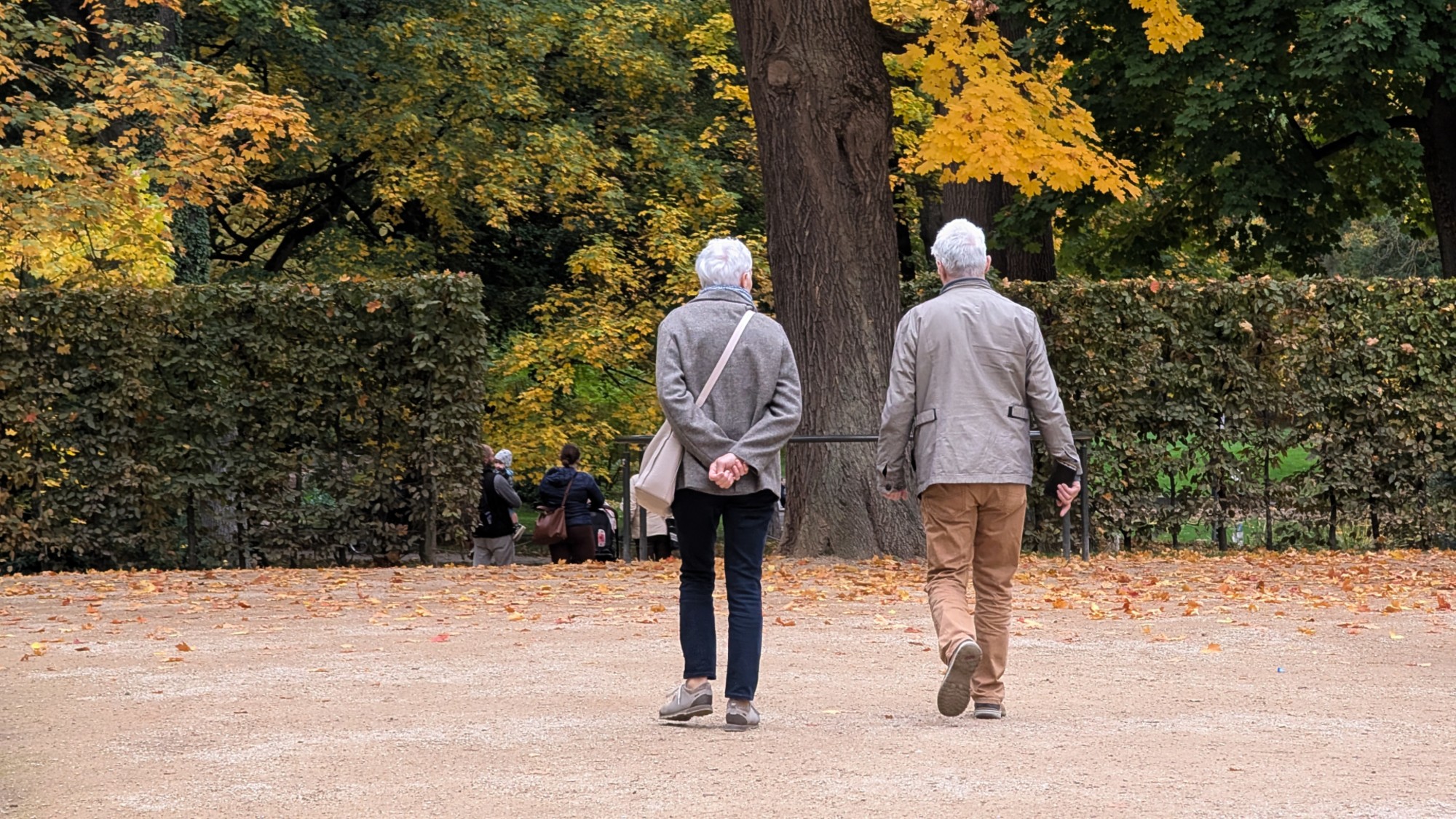Exhibit of the week: Charles Marville: Photographer of Paris
Charles Marville documented Baron Haussmann's transformation of Paris from a medieval jumble to a stately procession of grand boulevards.
National Gallery of Art, Washington, D.C.
Through Jan. 5
“I doubt a more ravishing group of photographs by anyone has been, or will be, on public view anywhere this year,” said Richard B. Woodward in The Wall Street Journal. When Baron Georges-Eugène Haussmann received a mandate from Napoleon III to raze and rebuild much of 19th-century Paris, the ambitious public servant enlisted photographer Charles Marville (1813–79) to document the transformation. Marville turned out to be “an artist of rare quality,” eventually producing compositions so assured they were at times “almost avant-garde in their audacity.” But he also captured history: the metamorphosis of Paris from a medieval jumble to a stately procession of gardens, broad boulevards, grand monuments, and state-of-the-art gas street lamps. There were even pissoirs—open-air public urinals that provided minimal privacy but marked an important advance in public sanitation.
The Week
Escape your echo chamber. Get the facts behind the news, plus analysis from multiple perspectives.

Sign up for The Week's Free Newsletters
From our morning news briefing to a weekly Good News Newsletter, get the best of The Week delivered directly to your inbox.
From our morning news briefing to a weekly Good News Newsletter, get the best of The Week delivered directly to your inbox.
What Marville lacked was a critical eye, said Louis Jacobson in the Washington City Paper. Untold numbers of homes and businesses were torn down to produce the new City of Light, but Marville’s images “rarely communicate the difficult birth pangs the city experienced.” He photographed many neighborhoods about to disappear, but the Paris he shows us is a city of “calm and unruffled surfaces.” Partly this can be attributed to technical limitations: Because camera exposure times in the mid-1800s generally exceeded three seconds, Marville’s streetscapes are often uninhabited, and the pedestrians who do appear are spectral, blurry shadows. “Only at the very end of his career did Marville begin to produce images that could be considered socially conscious—one of a road project barreling through a neighborhood of modest buildings, and another of a shantytown in the shadow of Paris’s fine urban core.”
Those later photographs “speak volumes,” said William O’Connor in TheDailyBeast.com. In an 1876 print depicting the rubble produced when an entire hill and its inhabitants were removed to make way for a grand boulevard, “Marville pulls no punches documenting the amount of destruction that went into constructing Haussmann’s vision.” Well before that, though, Marville’s photographs were already offering commentary on the tension between the plans of the elite and the lives of the Parisian poor. An 1852 image of a stone monument by Louis Petitot at first appears to celebrate this elegant recent addition to the right bank of the Seine. But in the monument’s niche, a peddler has set up a temporary stall to sell his wares. “No matter how many grand statues, wide boulevards, and opera houses are introduced, the photo seems to say, the working class will remain the heartbeat of the city.”
A free daily email with the biggest news stories of the day – and the best features from TheWeek.com


